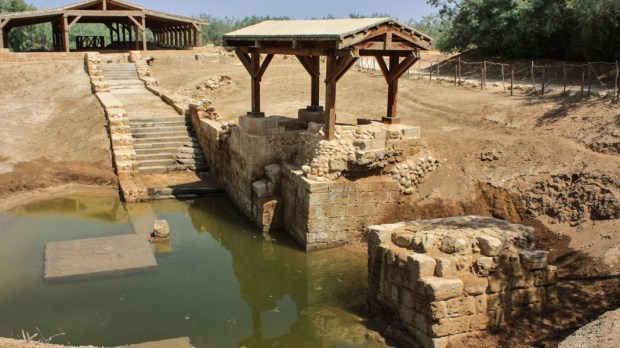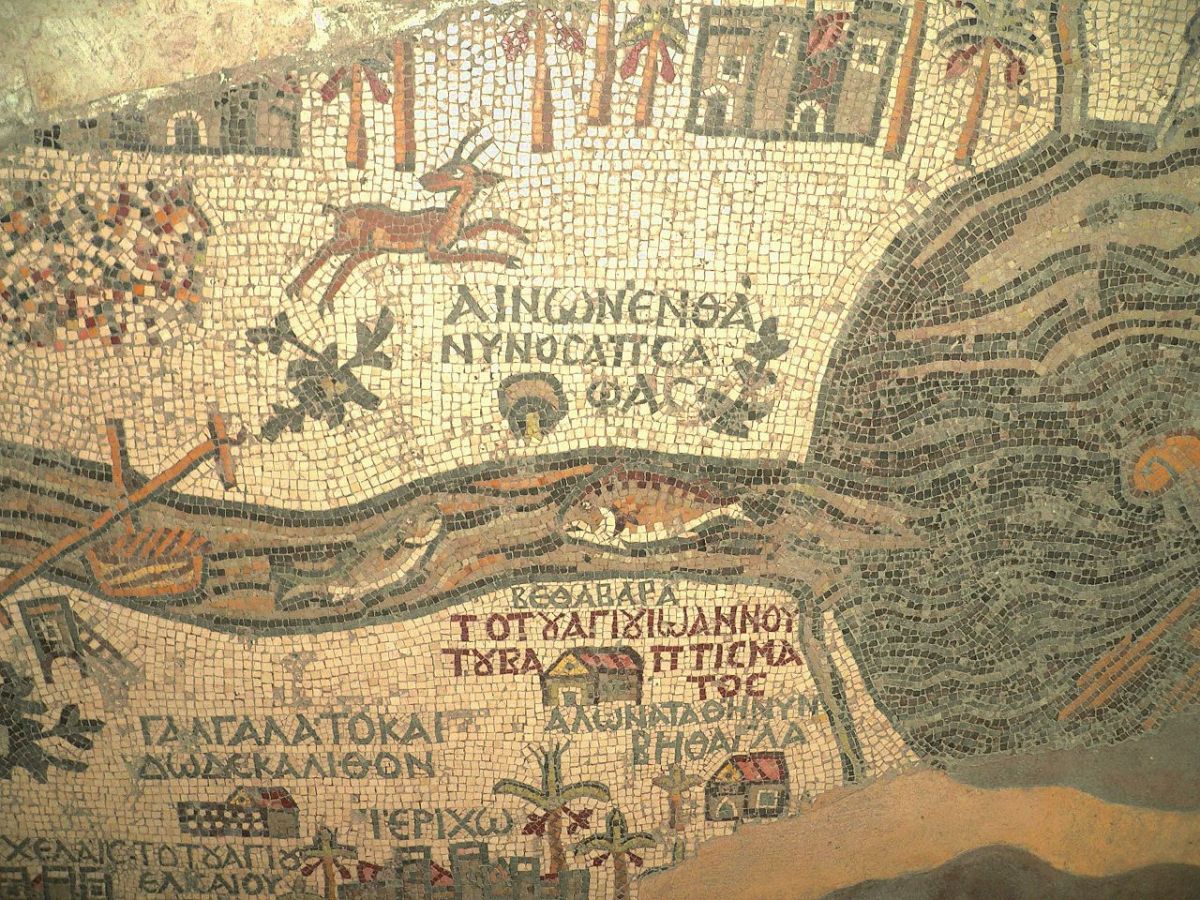Biblical tradition claims Moses walked across Jordan, from the Red Sea in the south all the way to the north to Mount Nebo on his way to the Promised Land. In fact, from the sandy beaches of Aqaba, by the Red Sea, one can see Egypt. It is difficult not to have the impression one is following the trail Moses himself blazed while one walks around the city.
Moses is a constant presence in Jordan, just like Elijah, John the Baptist, and Jesus. For instance, the nearest town to the ancient Nabatean city of Petra is called Wadi Mousa, “the Valley of Moses,” also known as “the Guardian of Petra.” Tradition says that as Moses walked through this valley, he struck water from the rock at the place now called Ain Mousa, “the well of Moses.” It is from this very same spring the Nabateans would draw water, through a clay aqueduct that is still very much there, all the way to Petra (the biblical “Sela”). This town is also said to be the burial place of Moses’ brother, Aaron. His tomb, local guides claim, can be found nearby, atop Mount Hor.
Read more:
Moses, Elijah, and Jesus: Why are they all together at the Transfiguration?
Of course, what neither Moses nor Aaron nor any other pilgrim ever dreamed of doing was riding on a jeep across the magnificent Wadi Rum desert during sunset, discovering ancient petroglyphs. Contemplating the stars (and the Milky Way) while drinking tea in this magnificent desert in the middle of the night, enjoying the proverbial hospitality of the Bedouins, certainly makes one remember the promise God made to Abraham: “I will multiply your descendants beyond number, like the stars in the sky and the sand on the seashore.” Here, in Jordan, all these biblical references come alive.
The many different paths one can find oneself touring in Jordan are all either covered with a biblical patina or are bursting with religious meaning. One is constantly wandering around the same landscapes Moses, Aaron, Elijah, the Baptist, and Jesus went over. In fact, one can easily go from the birthplace of Prophet Elijah, Tel Mar Elias, where pilgrims from the three Abrahamic religions tie red ribbons to an oak tree, paying homage to the prophet who also walked this path all the way to Mount Carmel. It is no wonder the “Jordan Trail” is considered the Holy Land-based equivalent of the Camino de Santiago. Check out the slideshow to discover 10 of the most beautiful, interesting, and exciting destinations Jordan can offer the visitor.


